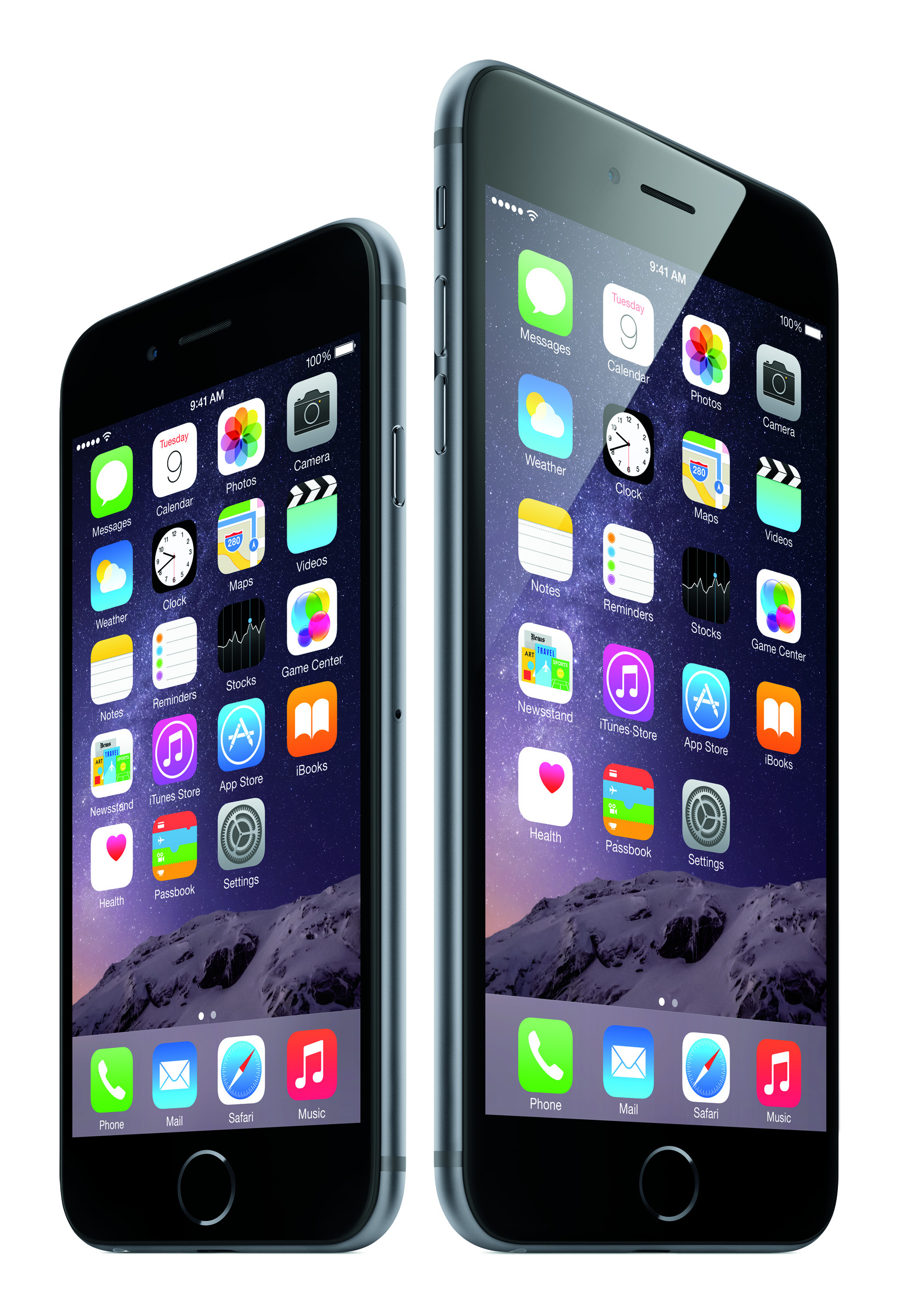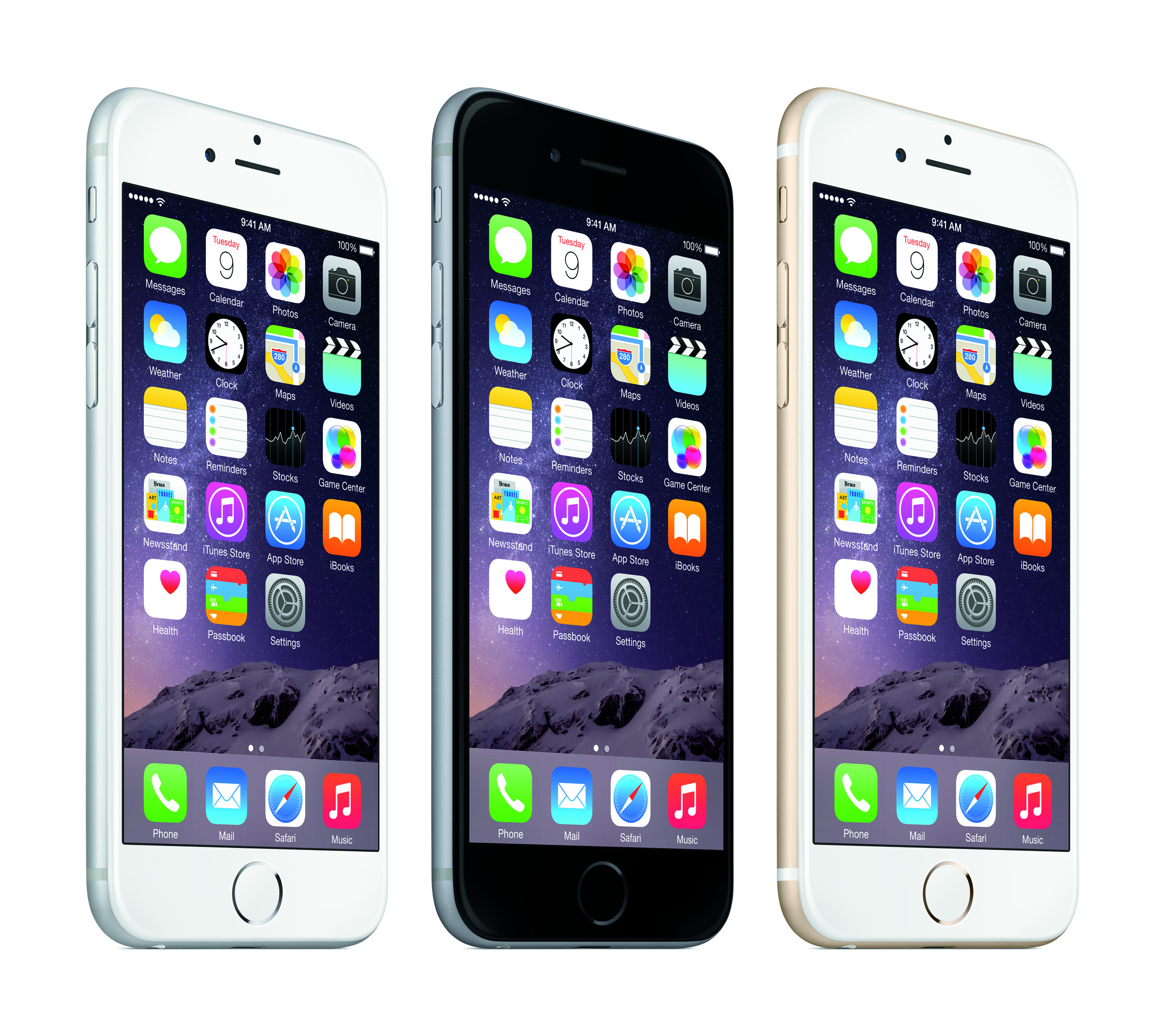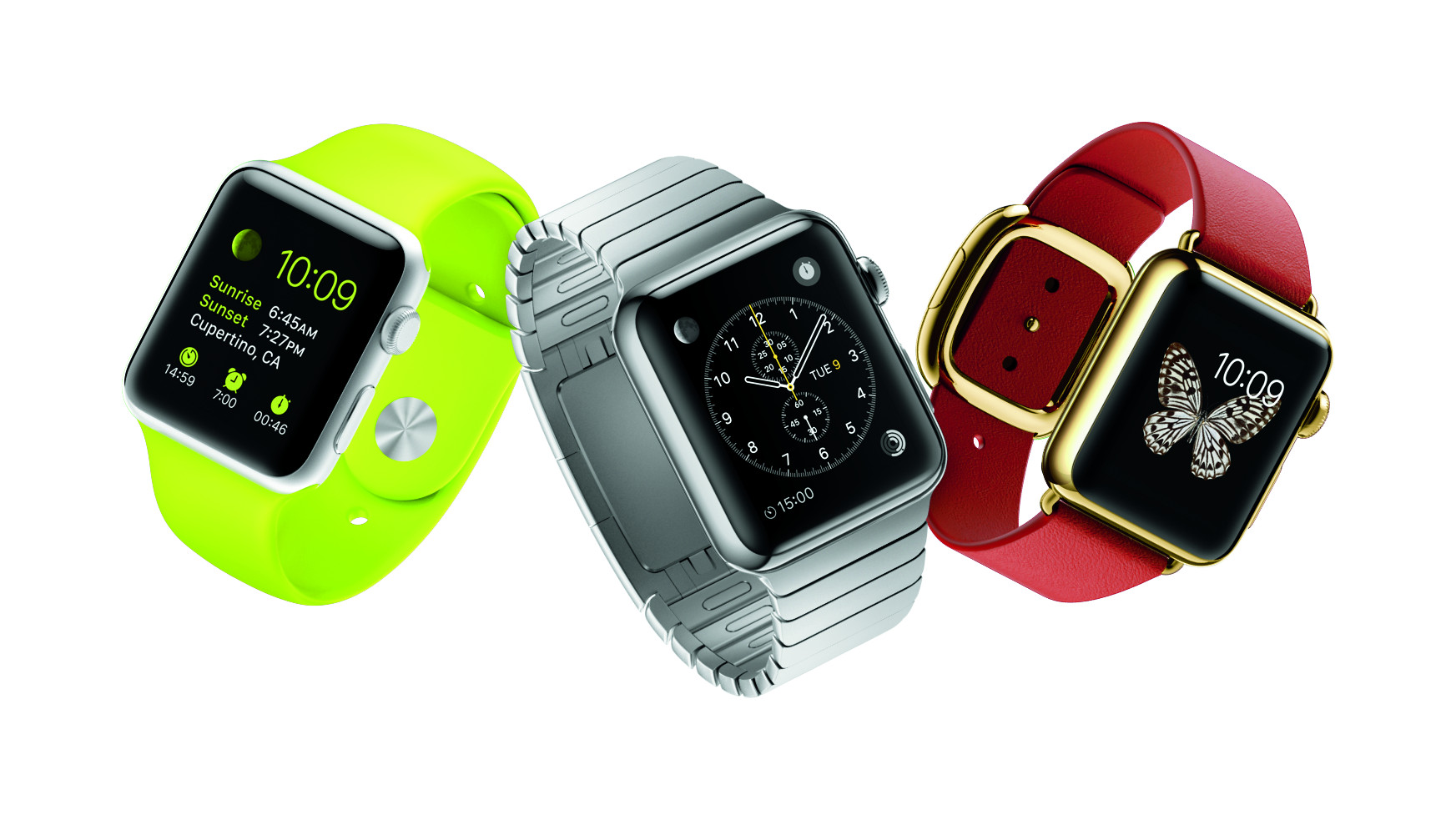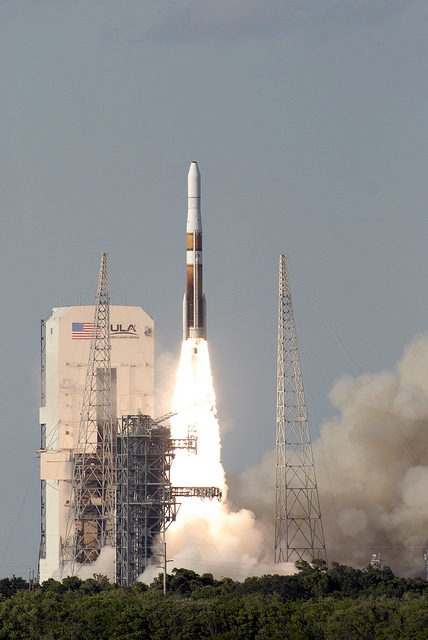Photo courtesy of The LEAF Project
I read more books in 2017 than any other year in my life. I'm excited I found a new love in reading books. I used to be a slow reader (I still am, somewhat) and I didn't enjoy the idea of having to carry around a thick book on top of everything else I may have at the time. However, after learning about Audible in 2007, I was hooked on the ability to "read" books on my own time while my eyes were preoccupied doing something else (such as driving on long road trips or walking to class during college). Eventually I got my hands on a Kindle e-reader and started to consume books in volumes like I never had before. It iscommon for me to now be in the middle of two or three books at any given time - typically one audio book and two e-books. I also try to maintain a 1:1 ratio of fiction to non-fiction reads, which I feel helps provide a healthy balance between fantasy and reality.
In 2015 I read fifteen books, thirty-three in 2016, and now forty-three this past year of 2017. My goal this year is thirty, but I don't want to make it all a numbers game on how many books overall to read. My focus this year will be reading longer books than in previous years, such as The Count of Monte Cristo and The Grapes of Wrath. But enough of future plans and goals for now, this is supposed to be about the past year of books.
Honorable Mentions
Before I get to my top 5, here are a couple that didn't make quite make the cut, but I think merits talking about in some form since I enjoyed them so much.
MR. Robot: Red Wheelbarrow (eps1.91_redwheelbarrow.txt) by Sam Esmail
I'm a fan of Mr. Robot, and I was intrigued when I learned about Red Wheelbarrow, the journal that Elliot is seen writing in during season 2. Created by the same writes for the show, this book provides another level of immersion into the story-line of the popular series. I can only recommend reading the physical version of this book as there are additional inserts in the book that act as props to further enhance the reading experience. Remember the church group Elliot frequents during season 2? That group's pamphlet is one of the inserts. There are several of these inserts spread throughout the book and, as a bonus, each insert is a puzzle which, when solved, leaves a message for Elliot. The only reason I don't have this book in my top 5 is because it's such a niche book since it's tied to the TV show.
Operation Mincemeat: How a Dead Man and a Bizarre Plan Fooled the Nazis and Assured an Allied Victory by Ben Macintyre
I enjoy reading history every once in a while, particularly World War II history. My latest trip into this area was Operation Mincemeat, a true story about an outlandish plan by allied forces to use a random corpse with a completely fabricated history in order to mislead allocation of Nazi forces. The attention to detail of the planted evidence and the faked personal history of a fictitious person is fascinating. It goes so far as to involve physical actors feigning love letters to generate a paper trail in the hopes of fooling Nazi forensics and scrutiny.
My Five Favorites of 2017
And finally, after giving a hard look over the dozens of books finished in 2017, I decided upon my top 5 books. Oddly enough, all 5 picks I listened to in audio book form.
#5 - Artemis by Andy Weir
With this follow-up (but not sequel) to one of my favorite reads of 2014, The Martian, Andy Weir is back at it again with a fun and action-packed scifi novel. This book was best described to me as "Ocean's 11 on the Moon" which is a decent description. The narrator for the audio book version, Rosario Dawson, does an amazing job portraying the various characters in the book and brings in an extra energy that helps elevate the whole experience while listening.
#4 - #AskGaryVee: One Entrepreneur's Take on Leadership, Social Media, & Self-Awareness by Gary Vaynerchuck
This is the first book on the list where I highly recommend getting the audio book version if you can. Not only because it's read by Gary VAY-ner-chuck himself, but Gary oftentimes goes "off-script" in his audio books which leads to loads of extra (and sometimes updated) content that you may not have gotten just by reading a text-only version of the book. This book was developed by pulling some of the most popular audience questions from Gary's #AskGaryVee podcast surrounding everything from building up a small business, engaging with celebrities, or just developing your own personal brand. This isn't your typical marketing book of "10 tips to grow your business online" - Gary gives genuine advice with a passion and drive you can hear throughout the book. If you have any interest at all in making a business (be it your core or side-business), and you're curious about how to help market it for today and the years to come, you should give this book a listen.
#3 - The Better Angels of Our Nature: Why Violence Has Declined by Stephen Pinker
With all the negativity in the news and rumors of war flying about, it may be right to check ourselves to see whether all of this worry is warranted. The Better Angels of Our Nature provides a good grounding, laying the foundation for why the past century (which included two World Wars) is, in fact, the most peaceful time in human history. Pinker describes four major "better angels", one of which includes empathy. The current information and technology age we're living in has helped us get a better view into other peoples' lives and cultures, bringing understanding, context, and communication - key factors when developing a sense of empathy for others.
#2 - The Dark Forest by Liu Cixin
The second part of a three-part series, The Dark Forest is my favorite out of this scifi trilogy. The hard science provided, and all of the different scenarios described combat or avert an oncoming alien invasion provided a series of interesting thought experiments to ponder. It also provided a new perspective to deep space and its potential civilizations, comparing it with nature which gave me a newfound terror if any such civilizations exist.
#1 - Born a Crime by Trevor Noah
I never thought much of Trevor Noah. I only recognized him as the host that took over the Daily Show when John Stewart left, but I didn't pay much attention to him. After listening to many praises of this book from others on different podcasts, and upon recommendation from a friend across the globe (thanks Ryan!), I picked up Trevor Noah's autobiography Born a Crime through an Audible audio book. It had me captivated from when I first started the book to when I finished it less than three days later. The stories shared in these pages show a rough upbringing of a young, mixed-race man by a loving mother in post-apartheid South Africa, where the mere act of his birth made him a crime.
I can't recommend listening to this book in audio form enough since Trevor Noah narrates the book himself. There are several places in the book where various African languages and dialects are used as part of his story-telling process, and Trevor knows how to speak them all. You can hear the passion in his voice as he recounts the stories he lived through, including the terrifying tale of his mother and her ex-husband. That outcome had Trevor Noah literally pricing the life of his mother when debating whether to try and save her life in a hospital emergency room, weighing how old she was versus how Trevor may be able to afford to take care of his family if he went through with it - all because the hospital didn't take his mother's health insurance.
On to 2018
That completes my 2017 reading tear, and now to focus on 2018. You can find some of my 2017 Goodreads statistics here and follow me and my progress of reading 30 books for 2018 here. What's your goal for 2018? Do you have any books in particular you want to get through before the year's out? Do you have any recommendations to add to my reading list? Let me know in the comments down below!




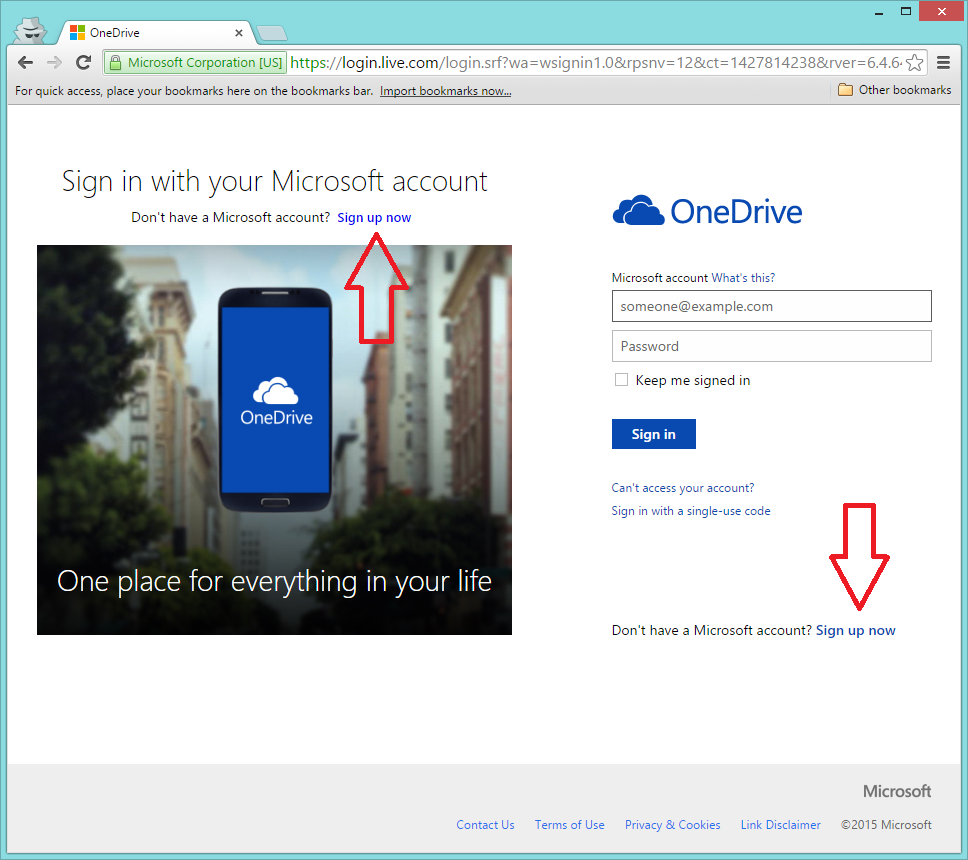

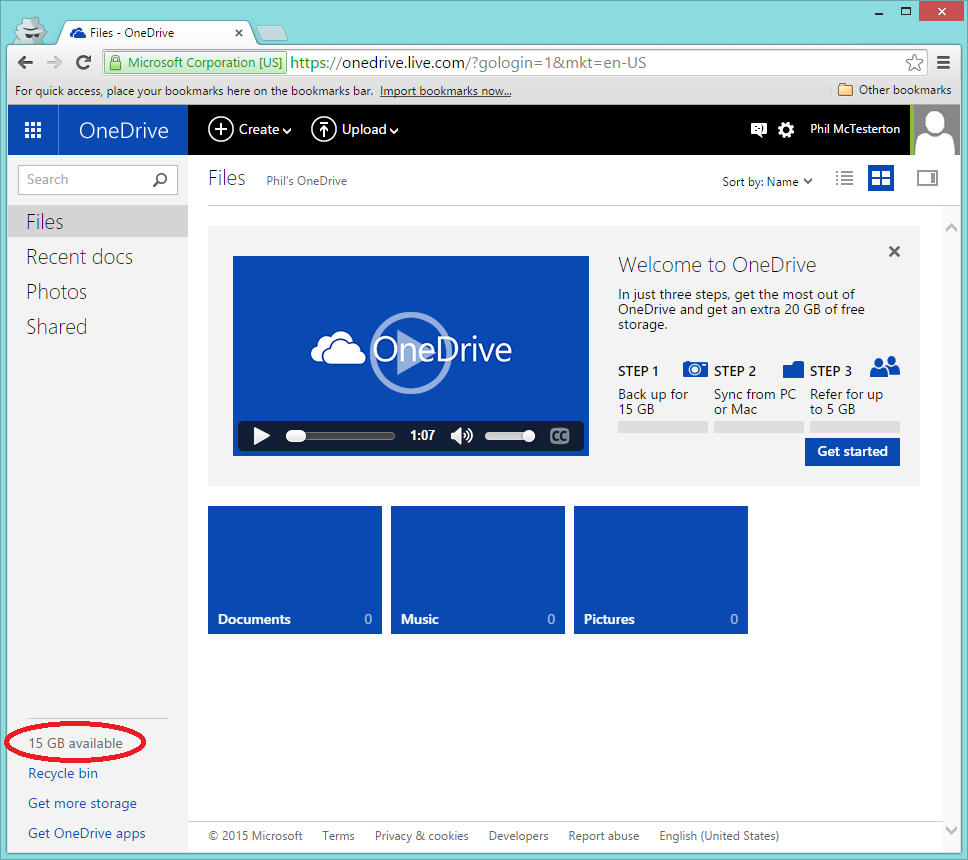

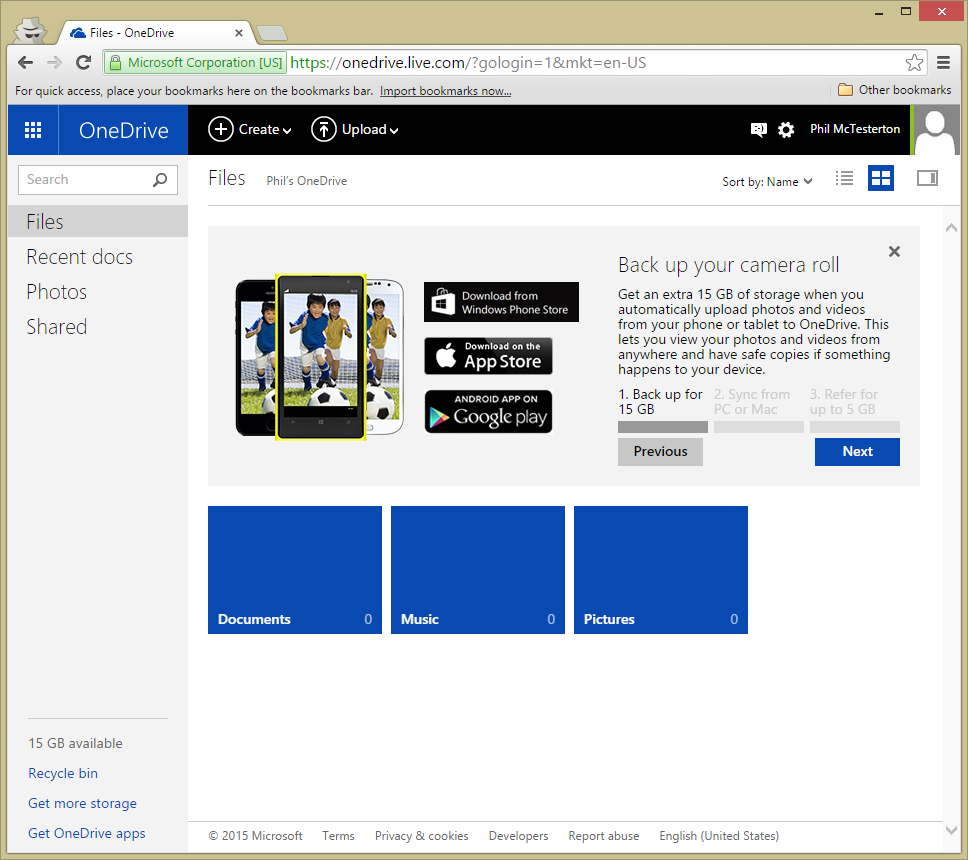


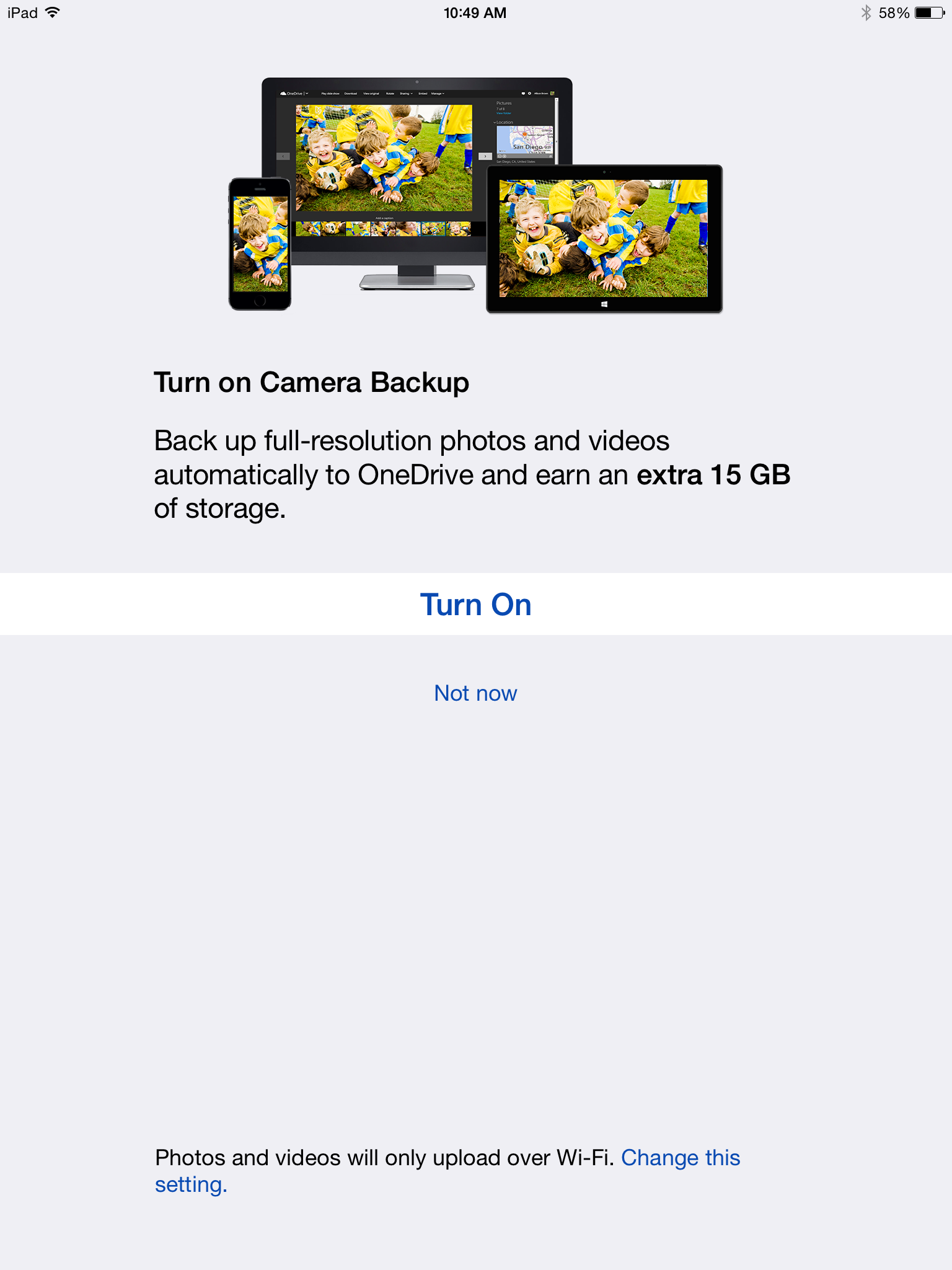



 Google pushed out a new Chrome web browser extension last week that, in my opinion, everyone should have. It's not much in terms of functionality, but it is still a fantastic addition to any Chrome installation.
Google pushed out a new Chrome web browser extension last week that, in my opinion, everyone should have. It's not much in terms of functionality, but it is still a fantastic addition to any Chrome installation.




